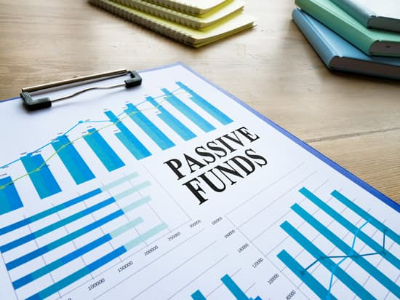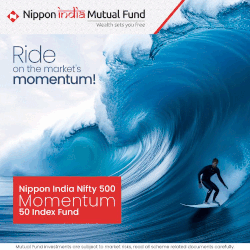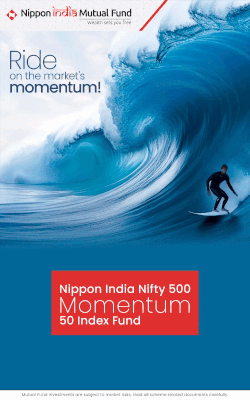Listen to this article
While the objective of passives is to mimic the underlying index, an analysis done by Team Cafemutual shows that very few funds are able to do it effectively.
Also, there are over 400 schemes in passives fund universe. Within these funds, there are multiple categories with multiple schemes, which makes it very difficult to choose.
Unlike active funds, where MFDs can evaluate funds based on fund managers’ performance, fund house credibility and risk return ratios, passive funds majorly rely on data, says Nishant Patnaik, Associate Editor, Cafemutual at the Cafemutual Passives Conference.
Nishant gave some simple rules to shortlist index funds and ETFs by using Cafemutual Ready Reckoner. Team Cafemutual releases this ready reckoner every month.
Index funds
MFDs can follow TED rule which stands for tracking difference and tracking error.
Tracking difference: It is nothing but difference between index return and fund return. Let us look at the example to know more.

While one year performance of Nifty 50 is 10%, the index fund delivered 9.50%. This difference of -.50% is nothing but tracking difference. Lower the difference better the fund.
Tracking error: Tracking error is variation between index return and fund return. It captures standard deviation or volatility of the fund. It occurs due to cash flow management, holding of cash to honor redemption and so on.

In the above example, tracking error is .50%, which indicates that fund will deliver returns between 9.5% and 10.5%. Lower tracking error is better for fund.
Applying the TED rule, let’s see which is the right fund for your client.
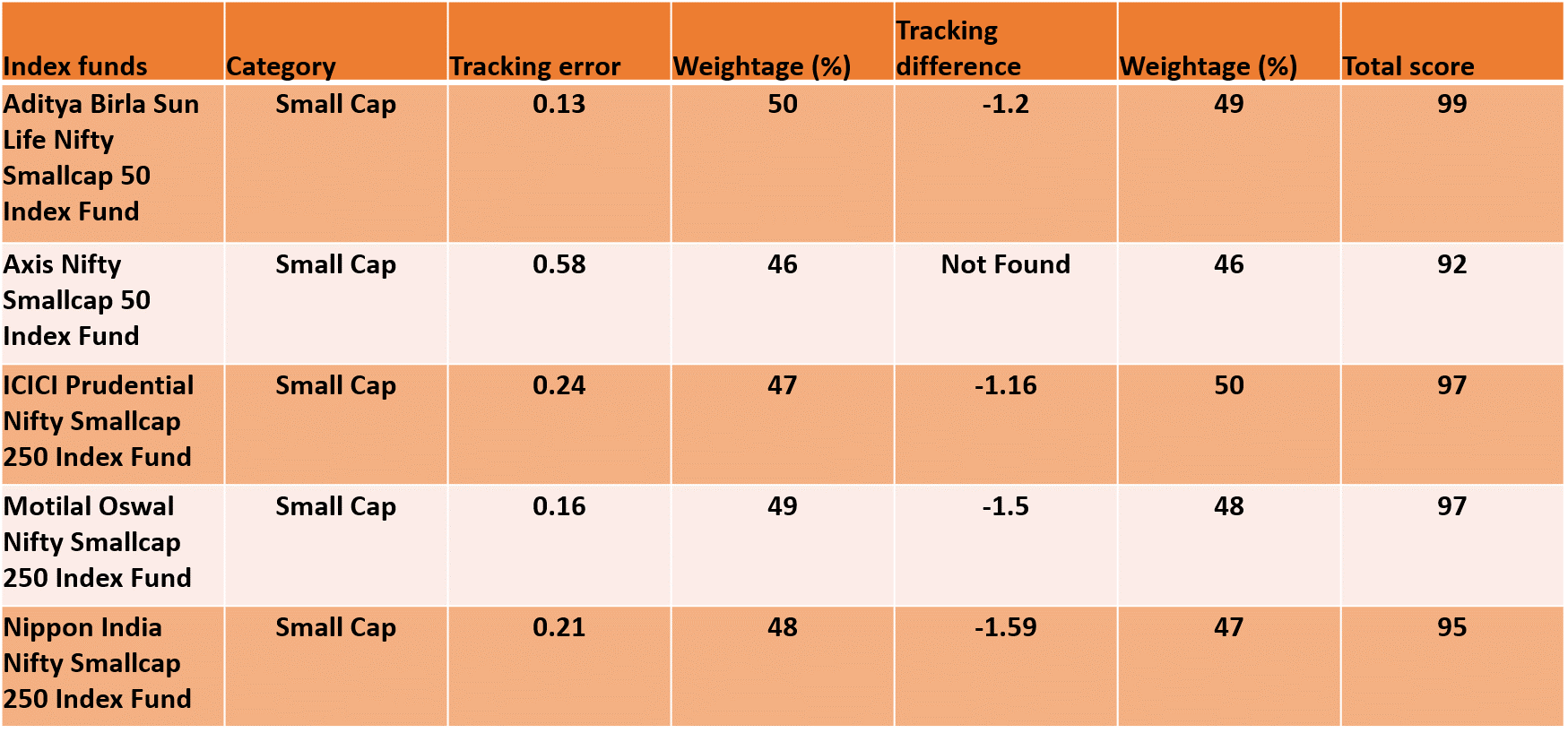
We have given 50% weightage to each tracking difference and tracking error. The analysis shows that Aditya Birla Sun Life Nifty Small cap 50 Index fund is the most suitable index fund followed by two funds at 97 i.e ICICI Prudential Nifty Small cap 250 Index Fund and Motilal Oswal Nifty Small cap 250 Index Fund in the small cap index fund category. Data as on April 20, 2023.
ETFs
Apart from TED, MFDs should also look at impact cost and average trading volume to shortlist ETFs.
Impact cost: It is the difference between the ideal price of ETF unit and actual or traded price of ETF unit. It is calculated in percentage terms.
Let’s look at this table to know more:
Now, let us implement these factors to shortlist a fund:
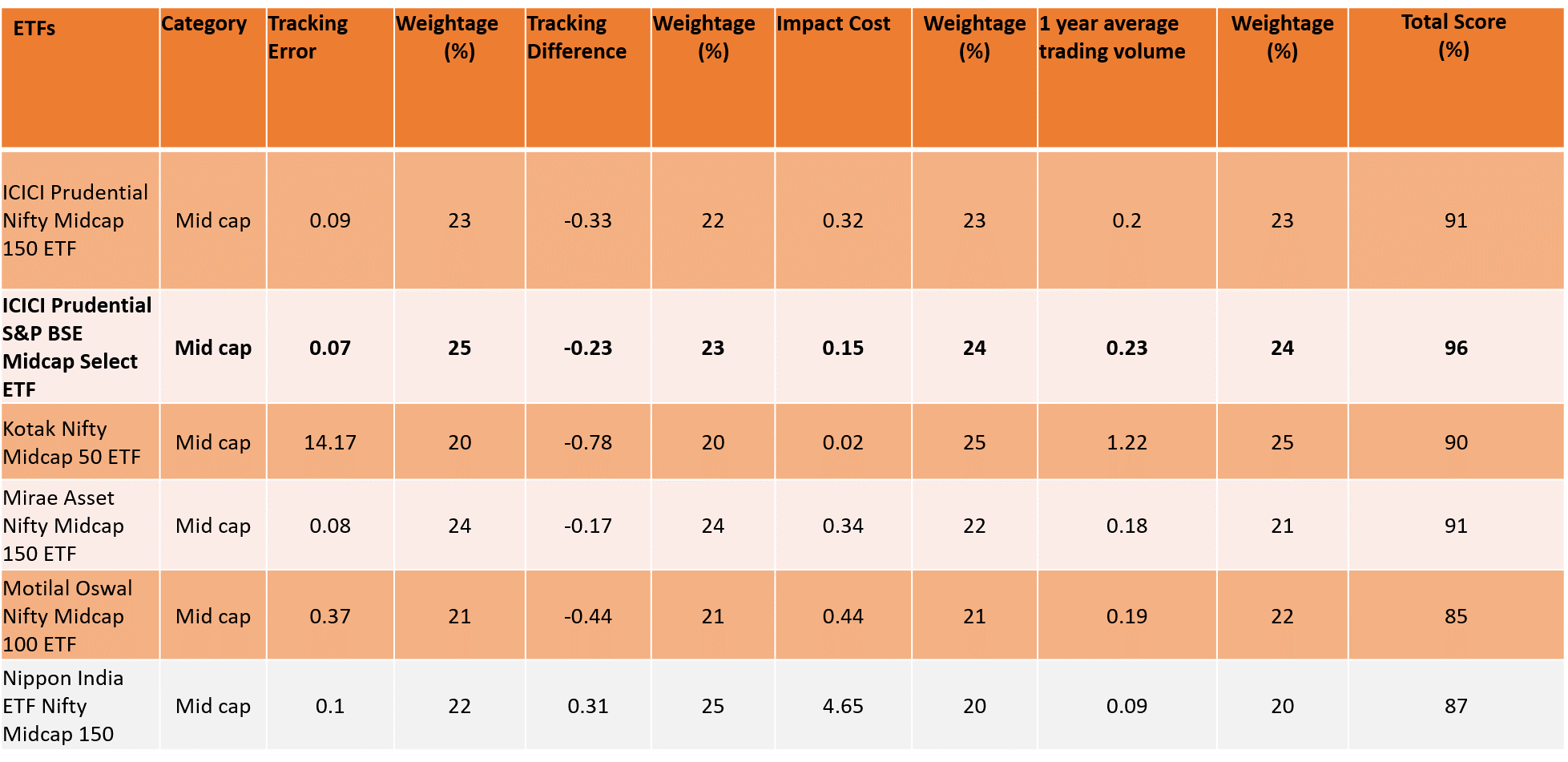
We have given 25% weightage to each - tracking difference, tracking error, impact cost and 1-year average trading volume. With the highest score of 96, ICICI Prudential S&P BSE Midcap Select ETF scores over other ETFs.
Check out the entire video below:





